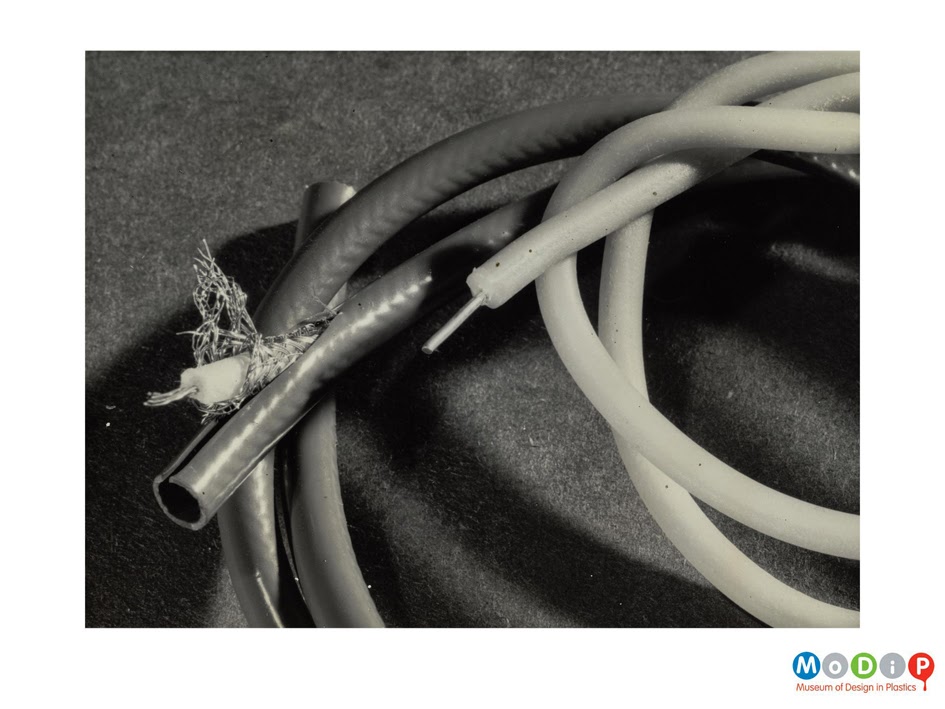There are many occurrences of plastics used in popular culture of all kinds, from films and books to songs and poems. Sometimes the connotations are good and other times the word 'plastic' is used to illustrate mass-production and everything being the same as it is in this example.
This song by MKTO has an interesting chorus which discusses a 'classic' woman living in a world 'gone plastic'.
Ooh girl you're shining
Like a 5th avenue diamond
And they don't make you like they used to
You're never going out of style
Ooh pretty baby
This world might have gone crazy
The way you saved me,
Who could blame me
When I just wanna make you smile
I wanna thrill you like Michael
I wanna kiss you like Prince
Let's get it on like Marvin Gaye
Like Hathaway write a song for you like this
You're over my head
I'm out of my mind
Thinking I was born in the wrong time
One of a kind, living in a world gone plastic
Baby you're so classic
Baby you're so classic
Baby you,
Baby you're so classic
Four dozen of roses
Anything for you to notice
All the way to serenade you
Doing it Sinatra style
Ima pick you up in a Cadillac
Like a gentleman bringin' glamor back
Keep it real to real in the way I feel
I could walk you down the aisle
I wanna thrill you like Michael
I wanna kiss you like Prince
Let's get it on like Marvin Gaye
Like Hathaway write a song for you like this
You're over my head
I'm out of my mind
Thinking I was born in the wrong time
Let's start the rewind, everything is so throwback age (I kinda like it like it)
Out of my league
Old school chic
Like a movie star
From the silver screen
One of a kind living in a world gone plastic
Baby you're so classic
Baby you're so classic
Baby you're so classic
Baby you're class and baby you're sick
I never met a girl like you ever til we met
A star in the 40's, centerfold in the 50's
Got me tripping out like the sixties
Hippies Queen of the discotheque
A 70's dream and an 80's best
Hepburn, Beyoncé, Marilyn Manson
Girl you're timeless, just so classic
You're over my head I'm out of my mind
Thinking I was born in the wrong time
Let's start the rewind, everything is so throwback age (I kinda like it like it)
Out of my league
Old school chic
Like a movie star
From the silver screen
You're one of a kind living in a world gone plastic
Baby you're so classic
Baby you're so classic
Baby you're so classic
Songwriters
GOLDSTEIN, ANDREW MAXWELL / KIRIAKOU, EMANUEL / BOGART, EVAN KIDD / ROBBINS, LINDY
Published by
Lyrics © Warner/Chappell Music, Inc., Sony/ATV Music Publishing LLC, Kobalt Music Publishing Ltd.
Louise Dennis (Assistant Curator)











.JPG)
.JPG)
.JPG)





